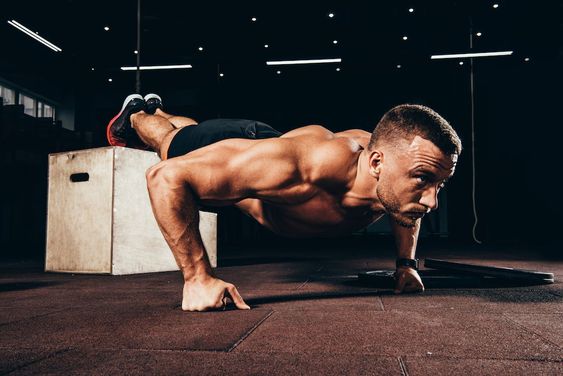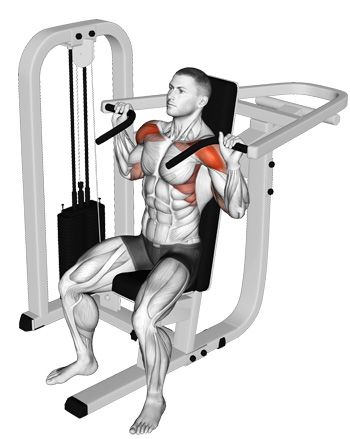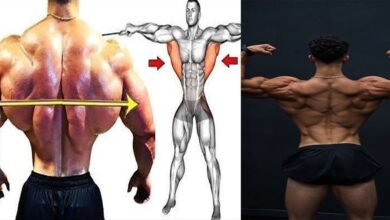Building a Strong Chest: 8 Essential Exercises for Maximum Muscle Development
Here are eight effective chest exercises that target different areas of the chest muscles:
1. Barbell Bench Press:

-
- Lie on a flat bench with a barbell positioned above your chest.
- Grip the bar with hands slightly wider than shoulder-width apart.
- Lower the barbell to your chest and press it back up to the starting position.
2. Dumbbell Flyes:

-
- Lie on a flat bench with a dumbbell in each hand, arms extended above your chest.
- Lower the dumbbells out to the sides in a wide arc, keeping a slight bend in your elbows.
- Bring the dumbbells back to the starting position.
3. Incline Bench Press:

-
- Perform a bench press on an inclined bench (typically set at a 15-30 degree angle).
- This targets the upper part of the chest and the front shoulders.
4. Chest Dips:

-
- Use parallel bars, dip station, or even sturdy chairs.
- Lower your body by bending your arms until your elbows are at 90 degrees, then push back up.
5. Push-Ups:

-
- A classic bodyweight exercise that targets the chest, shoulders, and triceps.
- Keep your body in a straight line as you lower and raise it using arm strength.
6. Cable Crossover:

-
- Stand in the center of cable machines with handles attached at shoulder height.
- Pull the handles together in front of you, crossing them at the centerline of your body.
7. Decline Bench Press:

-
- Perform a bench press on a decline bench (feet higher than the head).
- This targets the lower part of the chest.
8. Machine Chest Press:

-
- Use a chest press machine, adjusting the seat and handles to align with your chest.
- Push the handles away from your body, extending your arms fully.
When performing chest exercises, it’s crucial to maintain proper form to maximize effectiveness and reduce the risk of injury. Additionally, incorporating a mix of compound and isolation exercises into your routine can help ensure balanced muscle development in the chest region. Adjust the weights and repetitions based on your fitness level and goals. If you’re new to exercise or have any existing health concerns, it’s advisable to consult with a fitness professional or healthcare provider before starting a new workout routine.





